The washing machine hums, but does not draw water
 It is very easy to understand that the automatic machine does not draw water. Open the powder receptacle slightly and look inside - dry granules will indicate a malfunction of the washing machine. What could be the reason for this malfunction?
It is very easy to understand that the automatic machine does not draw water. Open the powder receptacle slightly and look inside - dry granules will indicate a malfunction of the washing machine. What could be the reason for this malfunction?
If the washing machine is humming and does not draw water, you will have to diagnose the equipment. Either a simple blockage or a malfunction of the electronic module can lead to disruption of the water supply. Let’s figure out where it’s best to start checking and how to fix the “home assistant” yourself.
Most likely problems
The washing machine may hum, but not fill with water, for many reasons. The most harmless ones are turning off the water supply in a high-rise building or turning off the shut-off valve. Yes, sometimes these are such trivial situations. Therefore, first check whether there is pressure in the pipes and whether the valve is open.
The most difficult thing is when the control board needs to be repaired. Here you won’t be able to deal with the problem yourself; you’ll have to call a specialist. However, usually the reluctance of an automatic machine to fill is not related to the module; there are also more typical breakdowns. So, most often the lack of water intake is caused by:
- failure of the intake valve;
- clogging of the input mesh filter;
- malfunction of the pressure switch;
- breakdown of the drain pump.
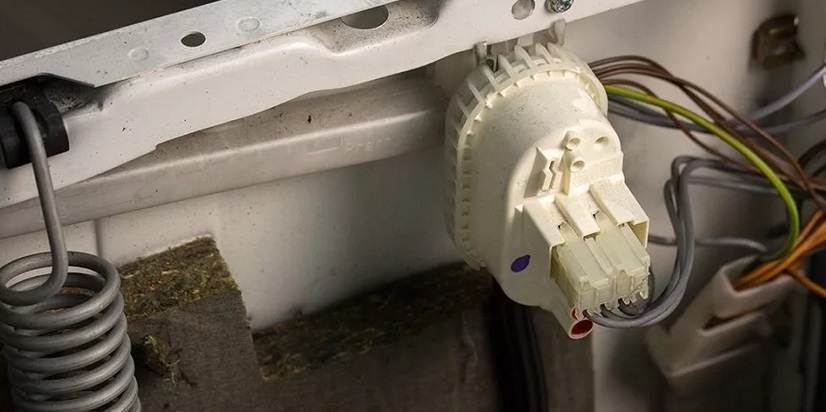
These are the typical faults that should be suspected first. We will describe in more detail what part this or that element takes in the process of collecting water, and how the machine will behave if the unit fails.
The inlet valve is responsible for the intake of water into the washing machine.Once the user activates the cycle, the sensing membrane opens and fluid begins to flow into the system. If there is a malfunction, the device’s operating algorithm is disrupted and the valve “door” remains in the closed position.
You can diagnose the intake valve yourself. It is necessary to apply a voltage of 220 V to its coils. A working device will close and a characteristic click will be heard. If the device remains silent, it means it is broken. The element cannot be repaired; the part will need to be replaced.
The next common problem is a clogged inlet filter. All water entering the washing machine is filtered. The mesh is installed at the entrance to the machine, in front of the water intake valve. When it becomes clogged with various impurities, the water flow becomes difficult. The “home assistant” hums and buzzes, trying to fill up, but this does not happen - the hose is clogged.
The pressure switch controls the water level in the tank. When the tank is filled to the required level, the sensor sends a pulse to the control module. The “brain” closes the inlet valve, and the flow of fluid into the system stops.
An incorrectly working pressure switch can signal to the module that the tank is full, while it is empty. The electronic unit will not open the inlet valve, leaving the washing machine “dry”. To check the sensor, you need to blow into its tube. A working element will click, a broken one will not make any sound.
If the drain pump fails, the machine will also not be able to fill. The fact is that at the beginning of the cycle, the washing machine automatically pumps out the remaining liquid from the bottom of the tank - this is how the pump is checked. If it is determined that the drain is not working, the control module will not give the go-ahead to the inlet valve to draw water. The washing program will end without starting.
And, of course, any process can be “slowed down” by the control board. If the triac responsible for the operation of the water intake valve or pressure switch burns out, then the washing machine simply will not be able to fill.
Sometimes the machine does not fill due to damaged wiring connecting, for example, the level sensor and the tank, or the inlet valve to the electronic unit.
Also, water collection may not be carried out if the door locking device does not work properly. The hatch is not blocked, the “brain” understands that the tightness of the system is broken and cannot “start” the wash.
Simple misunderstanding
What to do if you discover that a machine that was started 20 minutes ago is still standing empty, and at the same time it is making an incomprehensible hum. Firstly, it is worth checking whether the water supply in the house has been turned off. Open the tap in the bathroom or kitchen, if there is pressure and it is sufficient, you will have to inspect the machine.
Make sure the hatch is closed. If the door is open, the locking device will not work and the machine will not start drawing water. If outwardly there are no problems, you will have to “sweep aside” typical faults one by one.
Diagnostics should be carried out from simple to complex; first, the inlet valve, filter mesh are checked, then the pressure switch and pump, and finally the control module.
Before using the washing machine, be sure to turn off the power. Unplug the power cord from the outlet. You also need to remember to turn off the tap responsible for the water supply. First of all, the inlet hose and filter mesh are checked for blockages. You need to do this:
- loosen the clamp - this will help unhook the inlet hose from the machine body;
- disconnect the “sleeve” from the water pipe;
- inspect the hose, rinse it under the tap;
- find the filter element, it is installed at the point where the inlet hose is connected to the inlet valve;
- Grasp the protrusion of the mesh with pliers and pull out the filter;
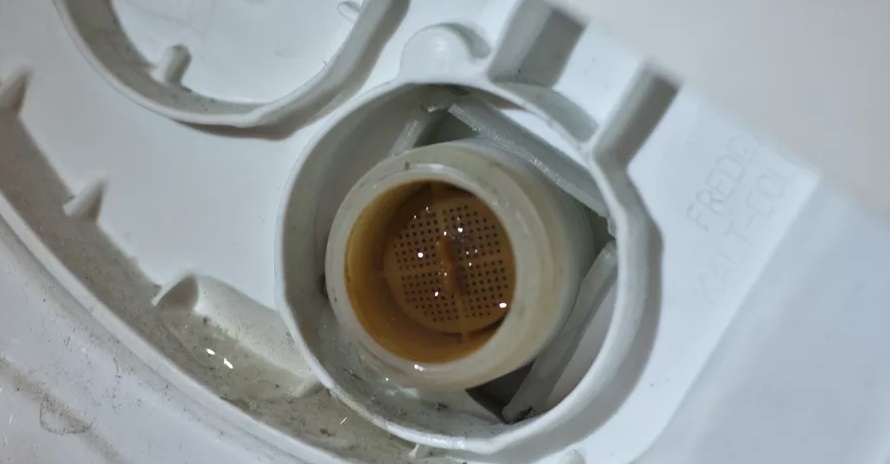
- clean the filter element,
- install the mesh back;
- Reconnect the inlet hose.
You should also check the filter mounted in the pipe. It is installed in front of the shut-off valve. This element is responsible for the primary, “rough” purification of tap water, so it is on it that a lot of debris and impurities settle.
To wash the coarse filter, you should use one wrench to fix the joint, and with the second, unscrew the nut holding the flywheel. Be sure to place a container nearby. When the fastener is unscrewed, water will flow out of the pipe. A powerful jet will clean the mesh, washing away all debris. Afterwards all the elements are put into place.
Inlet mechanism and heater
The most common reason that an automatic machine does not want to fill is problems with the intake mechanism. The water intake valve cannot be repaired; if it breaks, it must be replaced with a new, serviceable part. This is a fairly simple procedure, the algorithm of actions will be as follows:
- turn off the power to the machine;
- make sure that the shut-off valve is closed;
- remove the housing cover - to do this, unscrew the two bolts holding it;
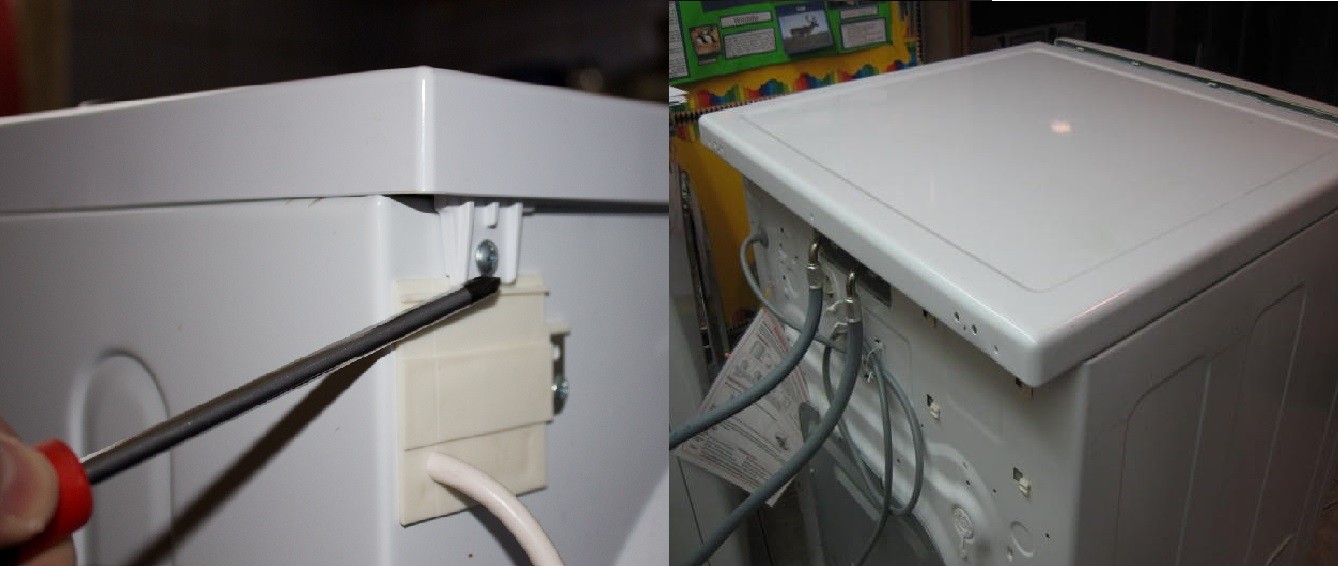
- disconnect the inlet hose from the back panel of the machine;
- find the inlet valve;
- take a photograph of the wiring diagram connected to the device;
- reset the valve contacts;
- disconnect the pipes connected to it from the element;
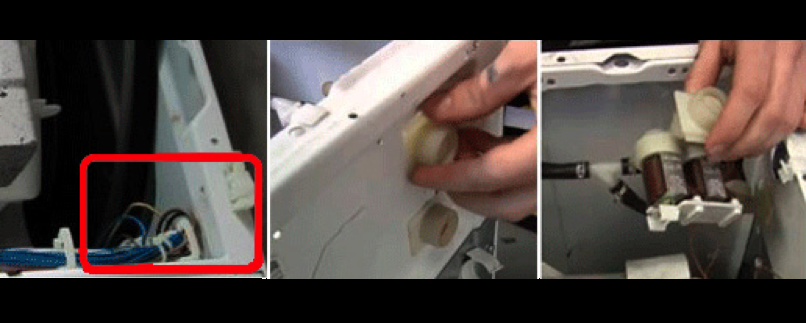
- Unscrew the bolt securing the device and remove the valve from the washer;
- install the serviceable part in the grooves, secure the valve with a bolt;
- connect the previously discarded wires, connect the pipes (based on the photo taken);
- Replace the inlet hose and housing cover;
- connect the machine to the water supply.
After replacing the water intake valve, be sure to run a dry wash with an empty drum. Watch the machine to see if the flood has improved.
When purchasing replacement parts, it is important to focus on the model and serial number of the automatic machine.
Typical malfunctions of the washing machine's filling system include problems with the heating element. Usually it's a thick layer of limescale. Due to scale collecting on the surface, the element overheats and fails. You can check the part using a multimeter. The algorithm of actions is as follows:
- unplug the machine;
- remove the top cover of the housing;
- remove the back wall of the washing machine;
- reset the drive belt (if equipped);
- find the heating element - it is located under the SMA tank;
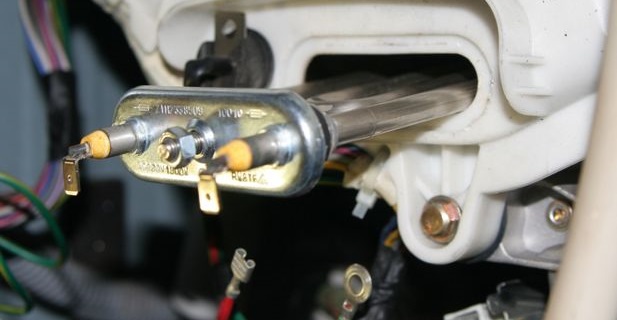
- take a photograph of the wiring connection diagram to the element;
- reset the wires connected to the heating element;
- loosen the central nut, press the bolt inward;
- Using a rocking motion, remove the heating element.
If, during a test with a multimeter, it turns out that the heating element is faulty, you will have to replace it to fix the problem. The seal of the new element should be treated with dishwashing liquid and the heater should be placed in the “socket”. Next, it is fixed with a nut, and the previously removed wiring is connected to it.
A broken blocker can cause the washing machine to not draw water. UBL is also checked with a multimeter. To eliminate the problem, a new mechanism is installed.
When the drum of the machine does not fill, and the washing machine leaks from below, it is likely that there is a defect in the pipes in the system.Inspect the tubes connected to the dispenser and tank. Once you find the leak, fix the problem.
Interesting:
Reader comments
- Share your opinion - leave a comment
Categories
Washing machine repair


For buyers

For users

Dishwasher

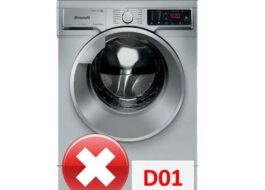
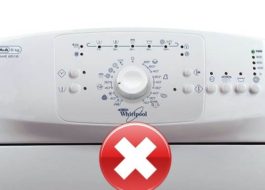
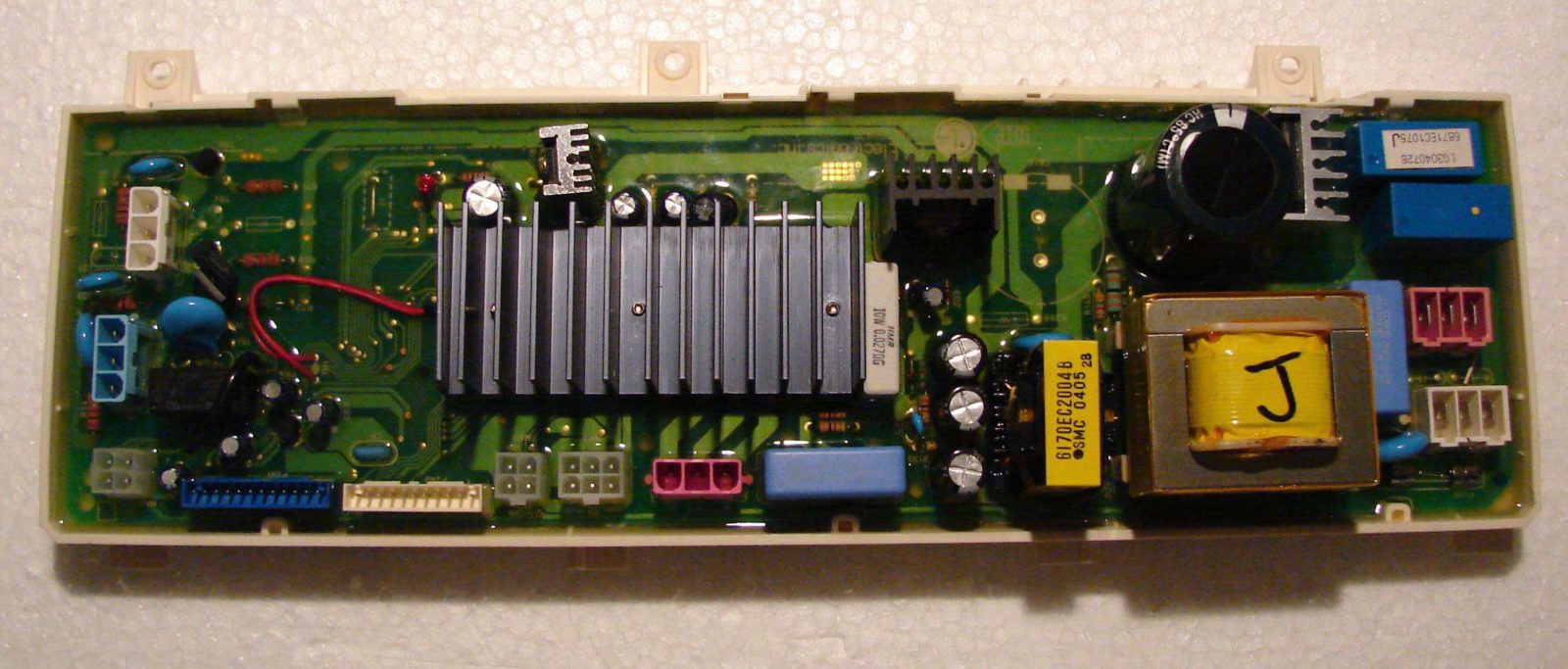
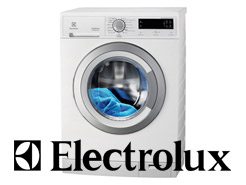
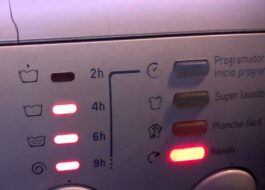











Add a comment